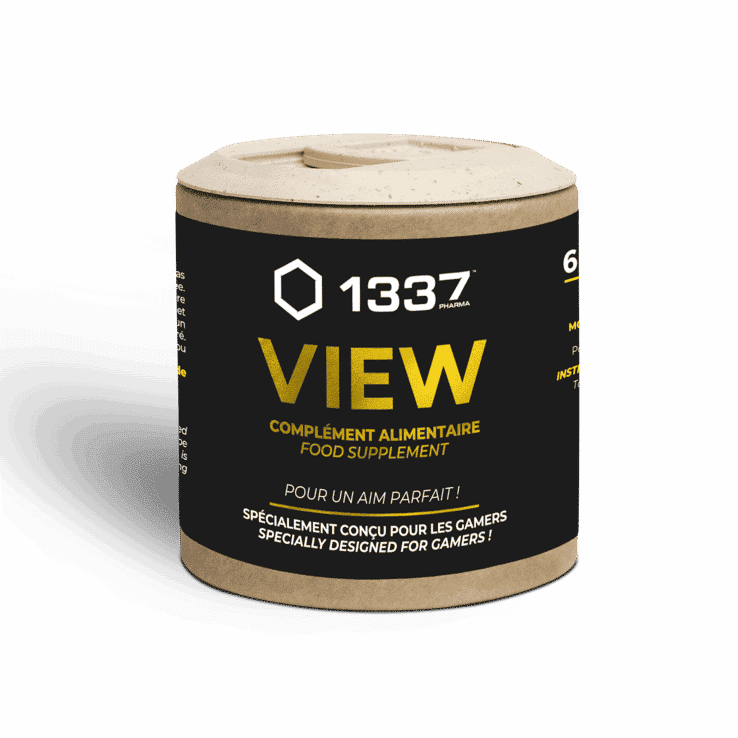ZINC
Ingredient
What is Zinc?
Where does it come from?
Why is it used?
What are the benefits?
Bibliography
What is Zinc?
Zinc is an essential mineral that your body does not manufacture itself. It promotes growth, DNA synthesis, immune function and more. Zinc is considered an essential nutrient, which means your body cannot produce or store it. For this reason, you need to get a constant supply of it through your diet.
Where does it come from?
Zinc is naturally present in a wide variety of foods of plant and animal origin. Foods that don’t naturally contain this mineral, such as breakfast cereals, snack bars, and bakery flour, are often fortified with synthetic forms of zinc.
You can also take zinc supplements or multi-nutrient supplements that provide zinc. Because of its role in immune function, zinc is also added to some nasal sprays, lozenges, and other natural cold treatments.
Why is it used?
Zinc is needed for many processes in your body, including:
• Gene expression
• Enzymatic reactions
• Immune function
• Protein synthesis
• DNA synthesis
• Wound healing
• Growth and development
Your eyes contain high levels of zinc. (Karcioglu, 1982)
Zinc is part of many essential enzymes, including superoxide dismutase, which functions as an antioxidant. It also appears to be involved in forming the visual pigments of your retina.
For this reason, a zinc deficiency can lead to night blindness. (Solomons & Russell, 1980) In one study, older adults with early-onset macular degeneration were given zinc supplements.
Their macular deterioration slowed and they retained their visual acuity better than those who received a placebo. (Newsome et al., 1988) Zinc plays an important role in ocular function. A study suggests that supplements may slow the early development of macular degeneration in older adults.

What are the benefits?
Zinc is a trace element, that is to say a mineral salt present in small proportions in our organism. It nevertheless has an essential role: stimulation of the immune defences, protection against cellular aging, maintenance of the quality of the skin, nails and hair…
Bibliography
1. Karcioglu, ZA (1982). Zinc in the eye. Survey of Ophthalmology, 27(2), 114-122. https://doi.org/10.1016/0039-6257(82)90195-3
2. Newsome, DA, Swartz, M., Leone, NC, Elston, RC, & Miller, E. (1988). Oral zinc in macular degeneration. Archives of Ophthalmology (Chicago, Ill.: 1960), 106(2), 192‑98. https://doi.org/10.1001/archopht.1988.01060130202026
3. Solomons, NW, & Russell, RM (1980). The interaction of vitamin A and zinc: Implications for human nutrition. The American Journal of Clinical Nutrition, 33(9), 2031‑40. https://doi.org/10.1093/ajcn/33.9.2031

